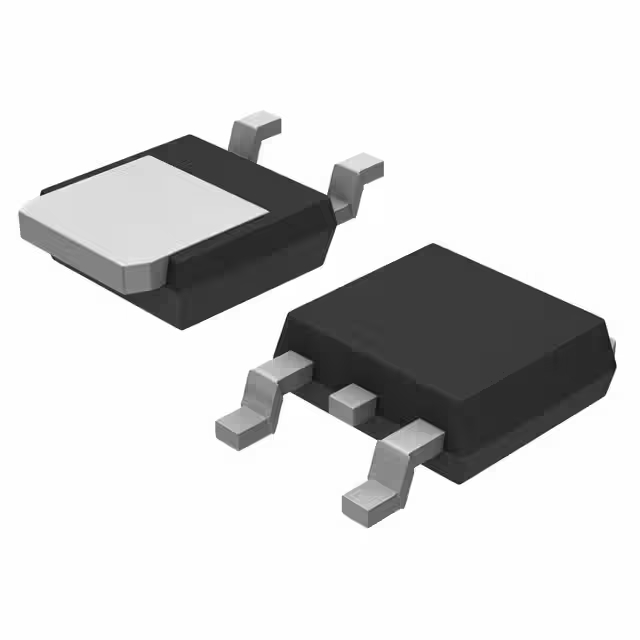MJ15003 Transistor | Datasheet | Equivalent | Amplifier Circuit NTE Electronics, Inc
- 電晶體類型: NPN
- 集電器電流(Ic)(最大值): 20 一
- 電壓-集極-射極擊穿電壓(最大值): 140伏
- 包裹: TO-204AA、TO-3

訂單滿 HK$250.00 即可享有免運

快速回應,快速報價

閃電出貨,售後無憂

原廠通路,正品保證
Mj15003G & Mj15004G da MOUSER BETA=HFE
Mj15003
If you’re thinking about using an MJ15003 transistor in your project, here’s what you should know. It’s a powerful NPN bipolar transistor, perfect for high-current tasks like audio amplifiers, power supplies, or even heavy-duty motor controls. Thanks to its rugged TO-3 metal case, it handles heat really well, but you’ll still need a good heat sink (use thermal paste to keep things cool!). It supports up to 140 volts and 20 amps, making it great for most medium-to-high-power applications. Just remember not to push beyond these limits—sticking to recommended ratings helps your transistor last a long time.
Mj15003 Pinout Transistor

| 密碼 | 引腳名稱 | 描述 |
|---|---|---|
| 1 | 基座(B) | Control current input pin |
| 2 | 發射器(E) | Current output pin, connects to ground or load |
| Tab | 收集器(C) | Current input pin, connects to high-voltage side |
When you’re working with an MJ15003 transistor, here’s a quick heads-up to avoid common mistakes. It comes in a metal TO-3 case with two pins underneath: those two pins are the base (B) and emitter (E). You’ll usually see them clearly marked. The metal case itself serves as the collector (C).
Be careful mounting it—attach it securely to a good heat sink since it handles high current and voltage. Always add some thermal paste to keep temperatures down. The case (collector) must be insulated properly using an insulating pad or mica sheet; otherwise, you risk short circuits to ground or your chassis.
Connect the base pin through a resistor from your driving circuit—it controls the transistor. The emitter typically connects to the lower voltage side, like ground or your load.
Keep everything well insulated and watch the voltage and current limits. Follow these simple tips, and your MJ15003 transistor will work reliably for a long time.
Mj15003 Equivalent Power Transistor

| 範圍 | MJ15003 | 2N3055 | MJ15024 | MJ15022 | MJ802 |
|---|---|---|---|---|---|
| 電晶體類型 | NPN | NPN | NPN | NPN | NPN |
| Maximum Collector Current (Ic) | 20A | 15A | 16A | 16A | 30A |
| Maximum Voltage (Vceo) | 140V | 60伏 | 250V | 200伏 | 90伏 |
| Maximum Power (Pc) | 250W | 115W | 250W | 250W | 200瓦 |
| 包裹 | TO-3 | TO-3 | TO-3 | TO-3 | TO-3 |
| Typical Application | Power Amplifier / Power Supply | Amplifier / Regulated Power Supply | High-power Amplifier, Power Supply | High-voltage Power Supply | High-current Amplifier |
If you’re looking for alternatives to the MJ15003 transistor, here’s some practical advice. The 2N3055 might seem similar—same TO-3 style and NPN type—but it’s only good for lower voltage and lighter-duty applications, so avoid using it for high-power jobs. The MJ15024 or MJ15022 would be better matches, offering equal or higher voltage handling and similar power capabilities, perfect for beefier amplifiers or power supplies. The MJ802 transistor can handle even more current, but it’s slightly weaker on voltage, making it great for high-current, lower-voltage scenarios. Choose carefully based on what your specific project needs.
Mj15003 Amplifier Circuit Diagram

If you’re using MJ15003 transistors in your audio amplifier, here’s a practical explanation to help you understand what’s going on. MJ15003 transistors (paired with their complementary MJ15004G transistors) form a robust push-pull power stage that’s ideal for powerful, high-quality audio output. The circuit starts by amplifying your input signal with an LF351N op-amp for a clean, stable boost. Next, BD243C and BD244C transistors give your signal enough muscle to drive the final stage. The MJ15003/MJ15004G pairs then handle the heavy lifting—delivering strong current to drive high-power speakers. Always use small balancing resistors (like the 0.27Ω ones here) to ensure equal current distribution, protecting your transistors. And remember, these transistors run hot, so install large heatsinks with insulating pads and thermal paste to prevent overheating and shorts.
Mj15003 Power Supply Circuit Example

If you’re building a linear power supply and considering using an MJ15003 transistor as your pass element, here’s some hands-on advice. This transistor is perfect because it handles large currents (up to 20A) and dissipates plenty of power (around 250W). In your circuit, MJ15003 acts as a regulator by controlling how much current flows through it, adjusting the output voltage.
The circuit’s operation is simple: a reference diode creates a stable voltage, which is fed back to a second transistor. That transistor controls your MJ15003, adjusting its conduction to maintain a stable output voltage. Make sure you use resistors to create the right feedback and protect your transistor from overload.
MJ15003 transistors get hot in use, so don’t skimp on a good heatsink and thermal paste. Also, keep input-output voltage differences within safe limits, and add a fuse or resistor to protect it against shorts. Following these tips will help you build a stable, reliable power supply.
Mj15003 Transistor Biasing Circuit

If you’re experimenting with a fixed-bias transistor circuit using an MJ15003, here’s some practical advice. Basically, your collector connects directly to your load resistor, providing strong current output. Your base is biased through a resistor connected to your power source, turning your transistor on, while the emitter stays grounded.
But keep in mind, this simple setup is mainly for teaching purposes with smaller transistors. With something powerful like the MJ15003—capable of handling up to 20 amps and 250 watts—you’ll face stability issues and heat problems.
Make sure you’ve got a heavy-duty heatsink or even a cooling fan, because this transistor runs hot. Fixed-bias circuits like this can also cause thermal runaway, where rising temperatures make things worse. I’d recommend switching to a voltage-divider bias or adding negative feedback in your design for stability. Lastly, your load resistor needs to handle big currents—choose a resistor with high power ratings, or just use a suitable load like motors or lamps.
Mj15003 Switching Application
If you’re considering using an MJ15003 transistor in your next project, here’s some practical info that’ll help you out. The MJ15003 is a powerful NPN transistor—perfect for switching heavy-duty devices, like large DC motors, industrial relays, bright lighting setups, or even solenoids. It easily handles high currents up to 20 amps and voltages around 140 volts, so it’s ideal for big, power-hungry applications.
When wiring it up, your control signal goes to the transistor’s base through a resistor. This resistor keeps the transistor switching cleanly and safely. But heads-up—these transistors run pretty hot when switching big loads, so make sure you install a large heatsink or even a cooling fan to avoid overheating.
Also, if your load is inductive, like motors or relays, don’t forget a protective diode across the load. This prevents voltage spikes from damaging your transistor and ensures everything stays running smoothly.
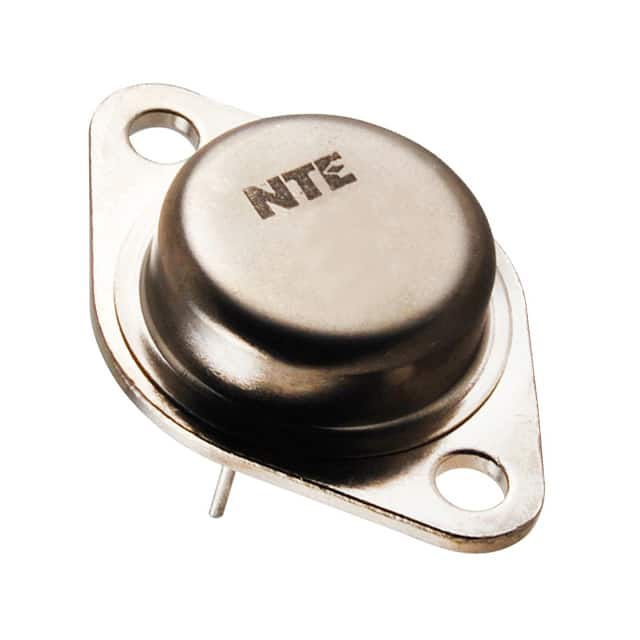

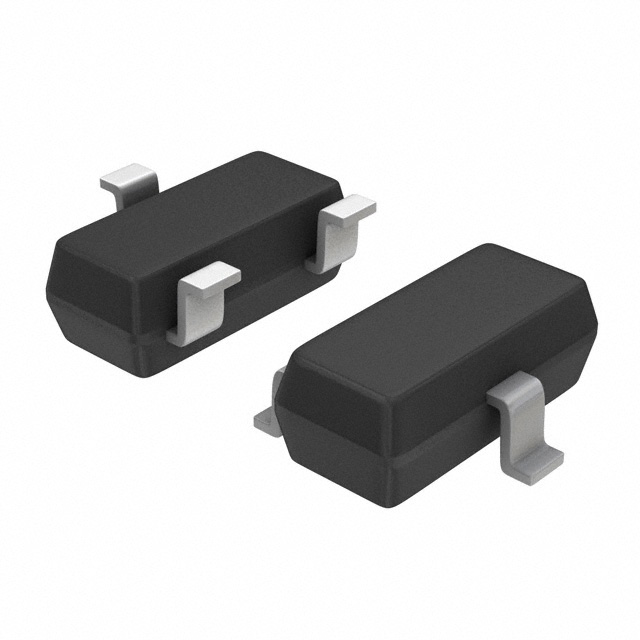



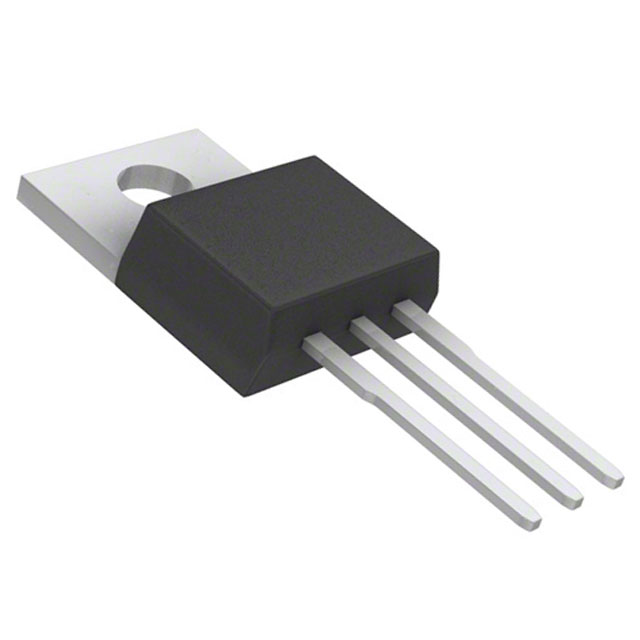


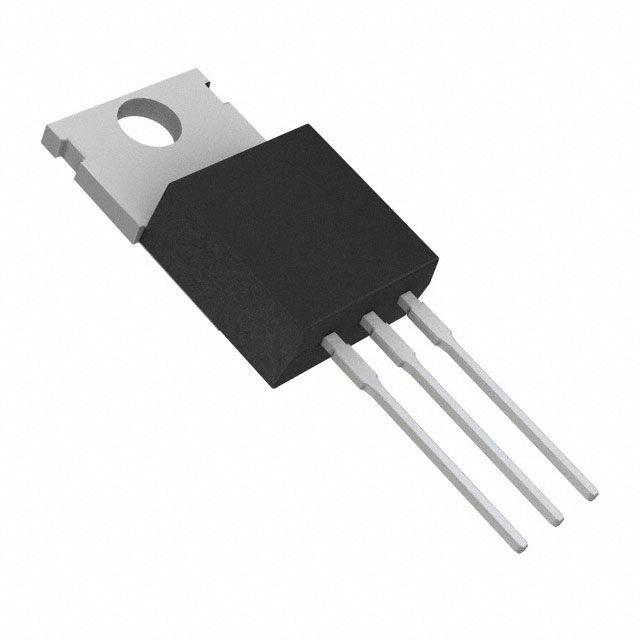

.JPG)



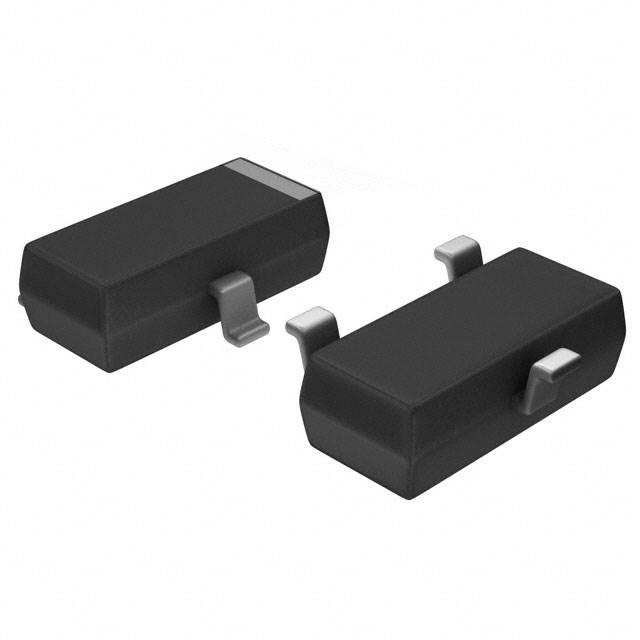
.jpg)
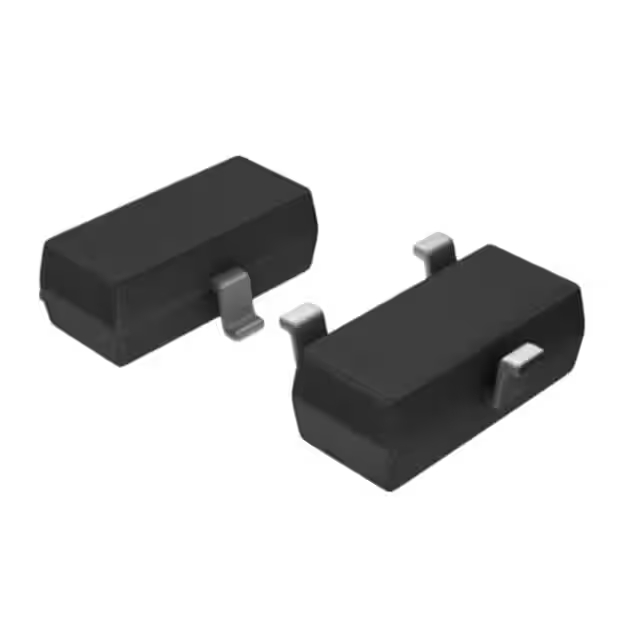
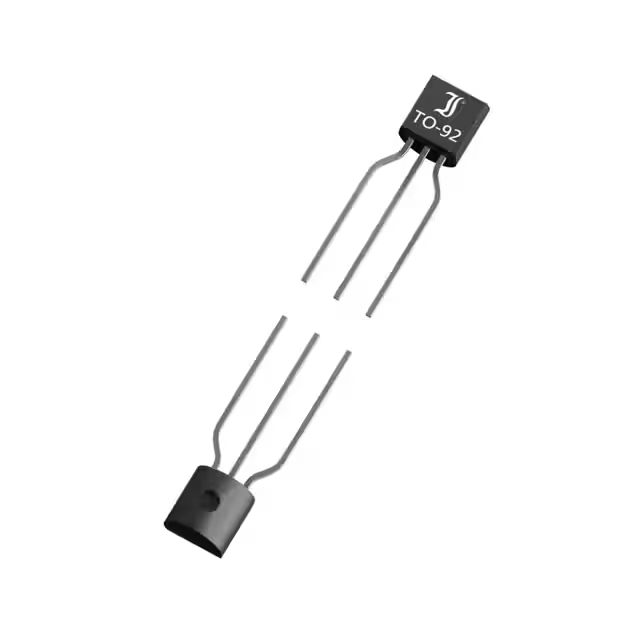
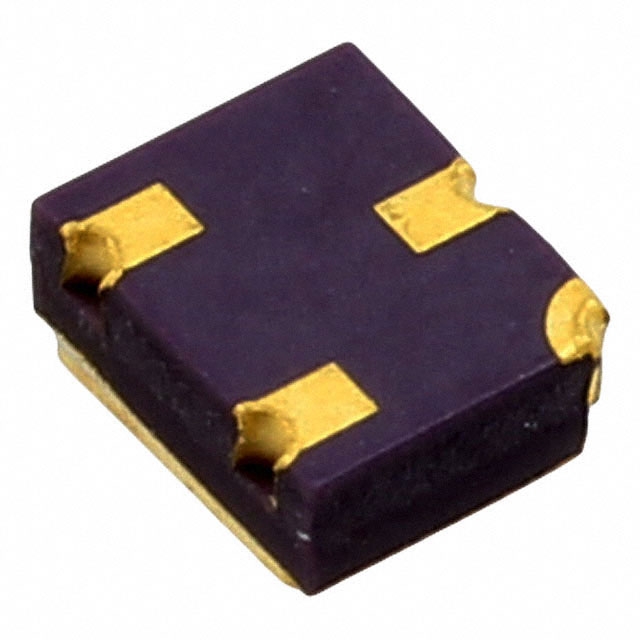
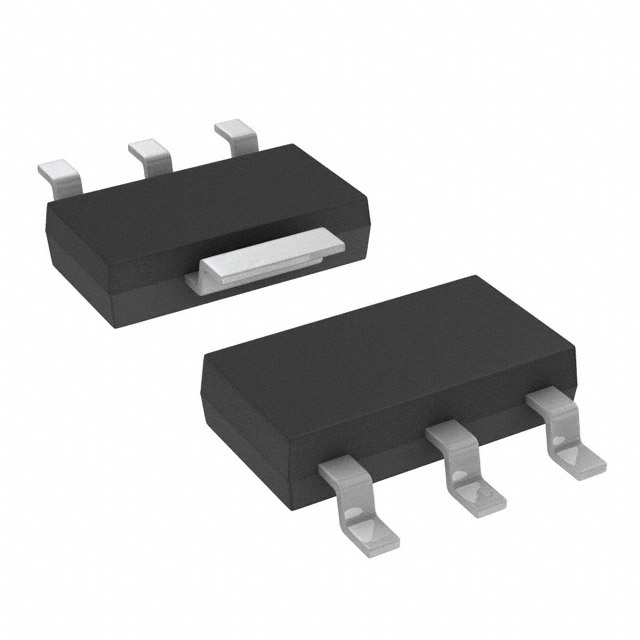


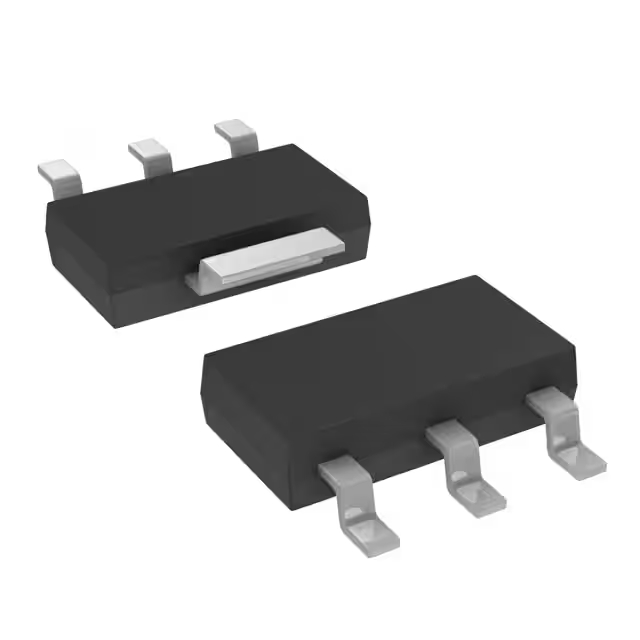


,TO-226_straightlead.jpg)
